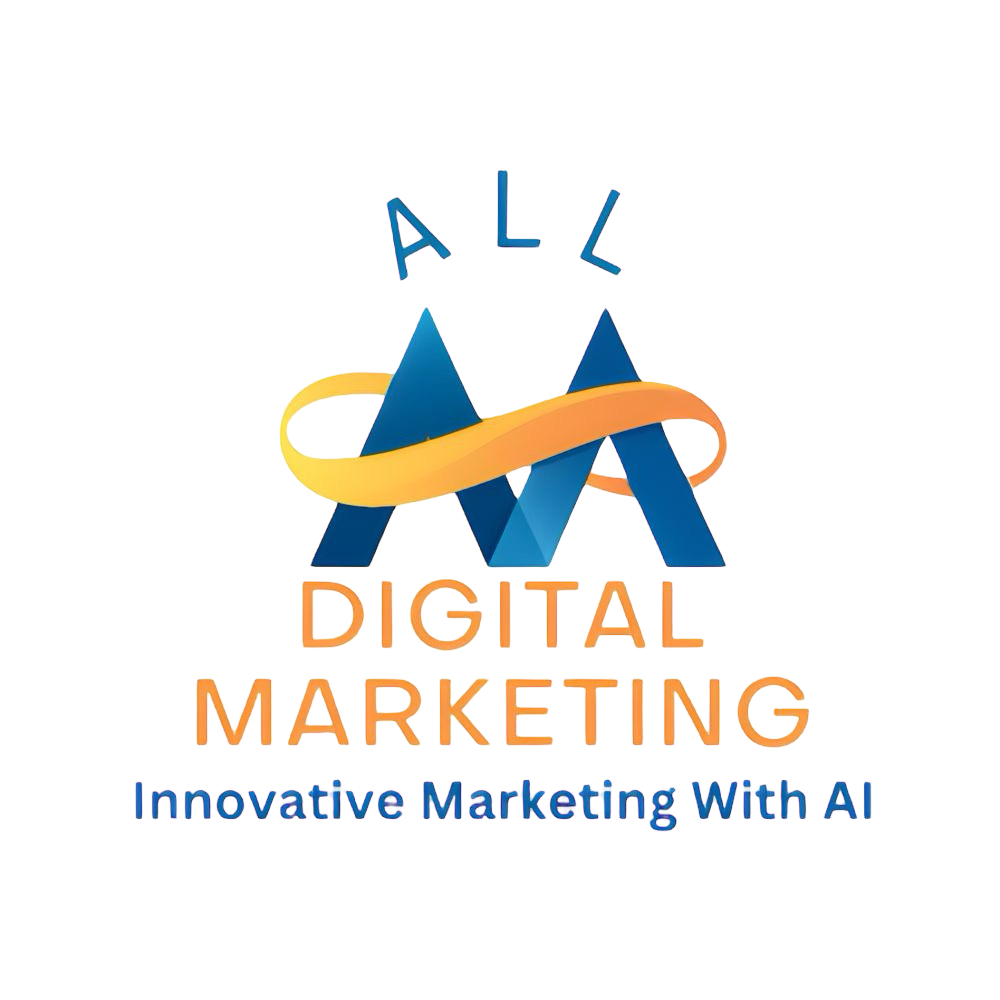Imagine this: Sally, a busy mom planning a family vacation, opens Google and types, "best family vacation ideas." She’s not just browsing—she’s on a mission to create memories with her kids. But if your travel agency’s website doesn’t show up in her search results, you’ve already lost her to a competitor. This is where customer journey SEO comes in. It’s not about getting clicks; it’s about guiding Sally from her first search to booking with you. In this article, you’ll discover how to use customer journey SEO to turn curious clicks into loyal customers, with practical steps and real-world examples that make it easy to understand, even if you’re new to marketing.
Key Takeaways
Customer Journey SEO Defined: It’s a strategy that aligns your website’s content with the steps customers take from discovering a need to making a purchase.
Why It Matters: 93% of online experiences begin with a search engine (HubSpot, 2024), so being visible at every stage of the customer journey is critical.
Actionable Steps: Create a customer journey map, optimize content for different search types, and measure results to boost conversions.
Lead Generation Focus: Inspire action with storytelling, emotional triggers, and urgency to convert readers into customers.
Local Impact: For local businesses, optimizing for "near me" searches can increase foot traffic by 88% (Google, 2024).
What Is Customer Journey SEO?
Customer journey SEO is like being a tour guide for your customers’ online searches. Instead of just trying to rank high on Google, it focuses on meeting customers where they are—whether they’re researching, comparing, or ready to buy. Think of it as mapping out every step a customer takes, from realizing they have a problem to choosing your business as the solution.
For example, when I was hunting for a new coffee maker, I started with Google searches like “best coffee makers for small kitchens.” Later, I compared brands and read reviews. Finally, I searched for deals. Customer journey SEO ensures your business shows up at each of those moments, guiding customers closer to a purchase.
Why It’s Different from Regular SEO
Regular SEO is about getting your website to the top of Google. Customer journey SEO goes further—it’s about understanding what your customers need at each stage and creating content that answers their questions. According to a 2024 study by SEMrush, businesses using customer journey-focused SEO saw a 45% increase in conversions compared to those using traditional SEO alone.
Understanding the Customer Journey
The customer journey is the path someone takes from discovering a need to becoming a customer. It’s typically broken into three stages:
Awareness: The customer realizes they have a problem or need. For example, Sally searches “family vacation ideas” because she wants a memorable trip.
Consideration: The customer researches options. Sally compares resorts by searching “best Caribbean family resorts.”
Decision: The customer is ready to buy. Sally searches “book family vacation package” to finalize her choice.
Each stage involves different types of searches, and your SEO strategy needs to match them.
Types of Searches
Let’s break down the three main types of searches customers use, with examples from Sarah’s vacation planning:
Navigational Searches: When customers know your brand and want to find you. Example: “Expedia family vacations.” Sally trusts Expedia and wants to check their offerings.
Informational Searches: When customers seek answers or ideas. Example: “best family vacation destinations 2025.” Sally’s exploring options.
Transactional Searches: When customers are ready to buy. Example: “Expedia Caribbean vacation deals.” Sally’s ready to book.
By creating content for each type, you ensure your business is visible at every step.
Mapping Your Customer Journey
A customer journey map is like a treasure map for your business. It shows you where customers interact with your brand and where you might be losing them. Unlike a sales funnel, which focuses on your sales process, a customer journey map puts the customer first, highlighting their needs and emotions.
Why It Matters
A 2024 Forrester study found that businesses with customer journey maps saw a 20% increase in customer satisfaction and a 15% boost in revenue. By understanding your customers’ path, you can create content that feels personal and relevant.
How to Create a Customer Journey Map
Here’s a simple way to get started, even if you’re new to marketing:
Identify Key Stages: Use the awareness, consideration, and decision stages mentioned earlier.
-
Map Search Behavior: List what customers search for at each stage. For example:
Awareness: “how to plan a family vacation”
Consideration: “family-friendly resorts in Hawaii”
Decision: “best deals on Hawaii family vacations”
Connect to SEO: Create content that matches these searches, like blog posts for awareness, comparison pages for consideration, and product pages for decision.
For example, a local bakery might map a customer journey like this:
Awareness: A customer searches “best desserts for birthday parties” and finds the bakery’s blog post.
Consideration: They search “local bakeries near me” and see the bakery’s Google Business Profile.
Decision: They search “order custom birthday cake online” and land on the bakery’s order page.
Pro Tip: Use free tools like Canva or HubSpot’s customer journey map templates to visualize your map. They’re easy to use and make the process fun.
Aligning SEO with the Customer Journey
Now that you have a customer journey map, let’s make it SEO-friendly. This means creating content that matches what customers are searching for at each stage and optimizing it to rank high on Google.
Step 1: Find the Right Keywords
Keywords are the words and phrases customers type into Google. Use tools like Google Keyword Planner or Ahrefs to find high-volume, low-competition keywords. For example, for a vacation planning service, you might target:
Awareness: “family vacation ideas” (12,000 searches/month)
Consideration: “best family resorts” (9,000 searches/month)
Decision: “book family vacation package” (2,500 searches/month)
Example: A pet store targeting “best dog food for puppies” (15,000 searches/month) could create a blog post titled “Top 5 Dog Foods for Your Puppy’s Health” to attract customers in the awareness stage.
Step 2: Optimize for Search Intent
Search intent is the “why” behind a search. For each keyword, create content that matches the customer’s goal:
Informational Intent: Write blog posts or guides. Example: “How to Choose the Best Dog Food for Your Puppy.”
Navigational Intent: Optimize your homepage or brand pages. Example: “Pet Store Near Me” should lead to your Google Business Profile.
Transactional Intent: Create product pages or landing pages. Example: “Buy Puppy Food Online” should lead to an easy-to-use checkout page.
Story Example: When I was buying a new phone, I searched “iPhone vs. Samsung reviews” (consideration stage). The brand that ranked highest had a detailed comparison page with pros, cons, and a “Shop Now” button. That page made me trust them and ultimately led me to buy from their site.
Step 3: Create Action-Driven Content
To turn clicks into customers, your content needs to inspire action. Here’s how:
Focus on Benefits: Instead of saying, “Our vacation packages include flights,” say, “Imagine landing in paradise stress-free with our all-inclusive packages.”
Use Emotional Triggers: Appeal to desires like joy or security. Example: “Picture your family’s smiles as you explore a tropical resort together.”
Create Urgency: Add limited-time offers. Example: “Book by Friday for 20% off your dream vacation!”
Provide Social Proof: Share testimonials. Example: “Join 5,000+ families who made unforgettable memories with us.”
A 2023 Marketing Sherpa study found that content with emotional triggers and social proof increased conversion rates by 30%.
Step 4: Boost Technical SEO
Technical SEO ensures Google can find and rank your content. Simple steps include:
Fast Loading Speed: Compress images to under 100 KB. A 2022 Google study found that pages loading under 2 seconds have a 50% lower bounce rate. (Pro Tip: The best image format for compression while maintaining quality for web use is WebP.)
Mobile-Friendly Design: Ensure your site works well on phones, as 65% of searches are mobile (Statista, 2024).
Schema Markup: Add structured data to help Google understand your content. For example, use “Article” schema for blog posts.
Example: A local restaurant optimized its site for mobile and added “Restaurant” schema. Within three months, their “restaurants near me” rankings improved, driving 25% more reservations.
See How Digital Marketing Can Drive More Traffic to Your Website
Ready to turn clicks into customers? Our team specializes in customer journey SEO and digital marketing strategies that deliver results. Here’s how we can help:
Brand Voice Strategy: We’ll create a unique brand voice that attracts your ideal customers.
Market Growth Opp Research: Discover untapped opportunities to boost your website traffic.
Local SEO: Dominate “near me” searches and attract local customers.
Dominate Google: Our proven strategies will get your business to the top of search results.
Competitive Link Analysis: Learn what your competitors are doing and stay ahead.
Geo-Targeting: Reach customers in your desired locations with precision.
Content Marketing: We create shareable, link-worthy content that drives traffic and engagement.
Paid Media Advertising: Get clear ROI with pay-per-result ad campaigns.
Search Box Optimization: Own local keywords to lead your market.
Book a Call: Want to see real results? Schedule a free consultation with our team today!
Measuring and Refining Your Strategy
SEO is a long-term game, but tracking results helps you improve. Use tools like:
Google Analytics: Monitor traffic, conversions, and user behavior.
Ahrefs or SEMrush: Track keyword rankings and backlinks.
Google Search Console: Identify technical issues affecting your rankings.
Example: A fitness studio tracked their “yoga classes near me” keyword and found their blog post wasn’t ranking. They added more local keywords and internal links, boosting their ranking from page 3 to page 1 in two months.
A 2024 Moz study found that businesses that regularly refine their SEO strategies see a 35% higher return on investment.
FAQs About Customer Journey SEO
Q. What’s the difference between a customer journey map and a sales funnel?
A. A customer journey map focuses on the customer’s experience and emotions, while a sales funnel outlines your sales process. Maps help you create customer-focused content; funnels guide your sales strategy.
Q. How long does it take to see results from customer journey SEO?
A. It depends, but most businesses see noticeable improvements in 3-6 months. Quick wins, like optimizing product pages, can show results in weeks.
Q. Do I need expensive tools to create a customer journey map?
A. No! Free tools like Canva or HubSpot’s templates work great. You can also use a spreadsheet or sticky notes to start.
Q. Why is local SEO important for customer journey SEO?
A. Local SEO ensures your business appears in “near me” searches, which are critical for local businesses. For example, 46% of Google searches have local intent (Search Engine Roundtable, 2024).
Q. Can small businesses afford customer journey SEO?
A. Absolutely! Start with free tools and focus on high-impact, low-cost strategies like blog posts and local SEO. Our team can also create a budget-friendly plan for you.
Your Next Step to Winning Customers
Picture this: A customer searches for a solution, finds your business at every step, and chooses you because you made their journey seamless. That’s the power of customer journey SEO. It’s not just about ranking high—it’s about being there when your customers need you most. By mapping their journey, optimizing for their searches, and inspiring action, you’ll turn curious clicks into loyal customers.
I hope you enjoyed reading this blog post. If you want to be our next success story, have my team do your marketing for you. Click here to book a call!
 Add Row
Add Row  Add
Add 








Write A Comment